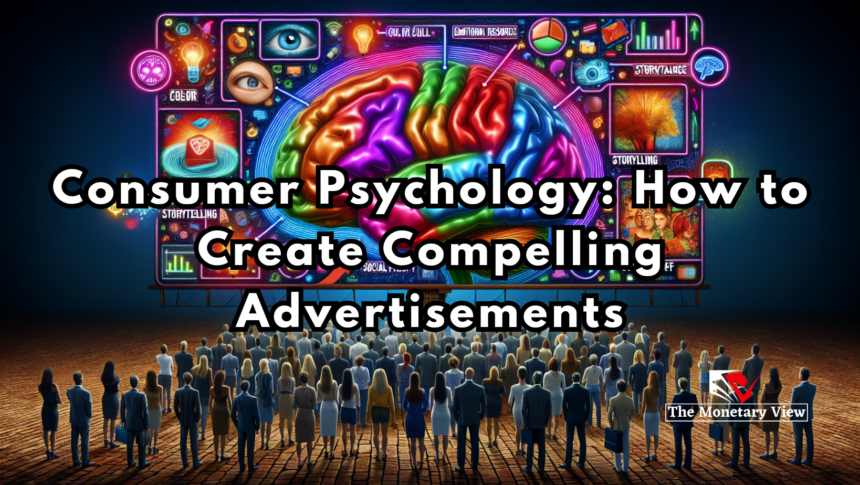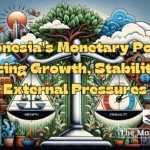Consumer psychology plays a pivotal role in shaping effective advertisements. It involves understanding how consumers think, feel, and behave when interacting with marketing messages. By leveraging psychological principles, advertisers can create campaigns that resonate with their target audience, inspire action, and drive brand loyalty. This article explores key psychological concepts and strategies for designing impactful ads.
1. The Role of Emotions in Advertising
Emotions significantly influence decision-making. Successful ads often evoke feelings that align with the brand’s message or the desired action.
- Positive Emotions: Happiness, humor, and nostalgia create a strong emotional connection, making the ad more memorable. For instance, Coca-Cola’s ads often emphasize joy and togetherness.
- Negative Emotions: Fear or sadness can also be effective, especially in campaigns promoting safety or awareness (e.g., anti-smoking ads). However, these emotions must be used carefully to avoid alienating the audience.
Tip: Pair emotional appeal with a clear solution or call-to-action to ensure a balanced message.
2. The Power of Visuals
Visual elements are processed faster than text, making them a critical component of advertisements.
- Color Psychology: Different colors evoke different emotions and associations. For example, red conveys excitement and urgency, while blue symbolizes trust and stability.
- Imagery: High-quality, relatable visuals can enhance engagement. Including human faces often increases the emotional impact as people connect with expressions and emotions.
Tip: Use consistent brand colors and imagery to build recognition and trust.
3. Leveraging Social Proof
Consumers are influenced by the actions and opinions of others. Incorporating social proof in ads can boost credibility.
- Testimonials: Featuring satisfied customers.
- User-Generated Content: Sharing real experiences from your audience.
- Endorsements: Partnering with influencers or celebrities who resonate with your target demographic.
Tip: Highlight metrics like reviews, ratings, or “bestseller” tags to reassure potential buyers.
4. Cognitive Biases in Advertising
Understanding common cognitive biases can help craft ads that influence behavior:
- Scarcity: Limited-time offers or low-stock messages create urgency.
- Anchoring: Displaying the original price alongside a discounted price makes the discount appear more significant.
- Reciprocity: Offering something free (e.g., a trial or e-book) encourages consumers to give back by making a purchase.
Tip: Align these biases with ethical marketing practices to build trust and long-term relationships.
5. Crafting Effective Messages
- Clarity: Avoid overloading the ad with information. Focus on one core message.
- Storytelling: Humans are naturally drawn to stories. Build a narrative that showcases your product solving a problem.
- Relatability: Use language and scenarios that reflect the audience’s everyday life.
Tip: Test different headlines and calls-to-action to identify what resonates best with your audience.
6. Consistency and Brand Identity
Ads that are consistent with a brand’s identity strengthen its recognition and trustworthiness.
- Ensure your tone, style, and messaging align across platforms.
- Highlight unique selling points (USPs) that differentiate your brand.
Tip: Develop a brand guide to maintain consistency across campaigns.
7. Measuring and Refining Ads
Track performance to understand what works and what doesn’t. Use tools like A/B testing, heatmaps, and analytics to refine your strategies. Metrics to monitor include:
- Click-through rates (CTR).
- Conversion rates.
- Engagement (likes, shares, comments).
Tip: Continuously adapt your ads based on consumer feedback and data insights.
Conclusion
Creating compelling advertisements requires a deep understanding of consumer psychology. By tapping into emotions, leveraging visuals and social proof, and applying cognitive biases effectively, marketers can craft messages that not only capture attention but also inspire action. Remember, successful advertising is as much about creativity as it is about strategic insights.






